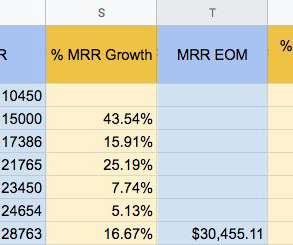Introduction to Growth Hacking for Startups
VC Cafe
SEPTEMBER 5, 2012
On top of this, they layer the discipline of direct marketing, with its emphasis on quantitative measurement, scenario modeling via spreadsheets, and a lot of database queries. They should understand the different states of the user (Acquisition, Activation, Retention, Revenue) and focus on moving users from one state to the next.












Let's personalize your content